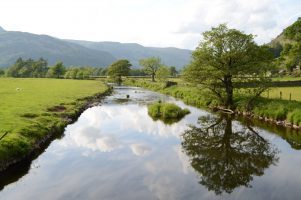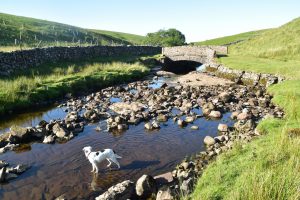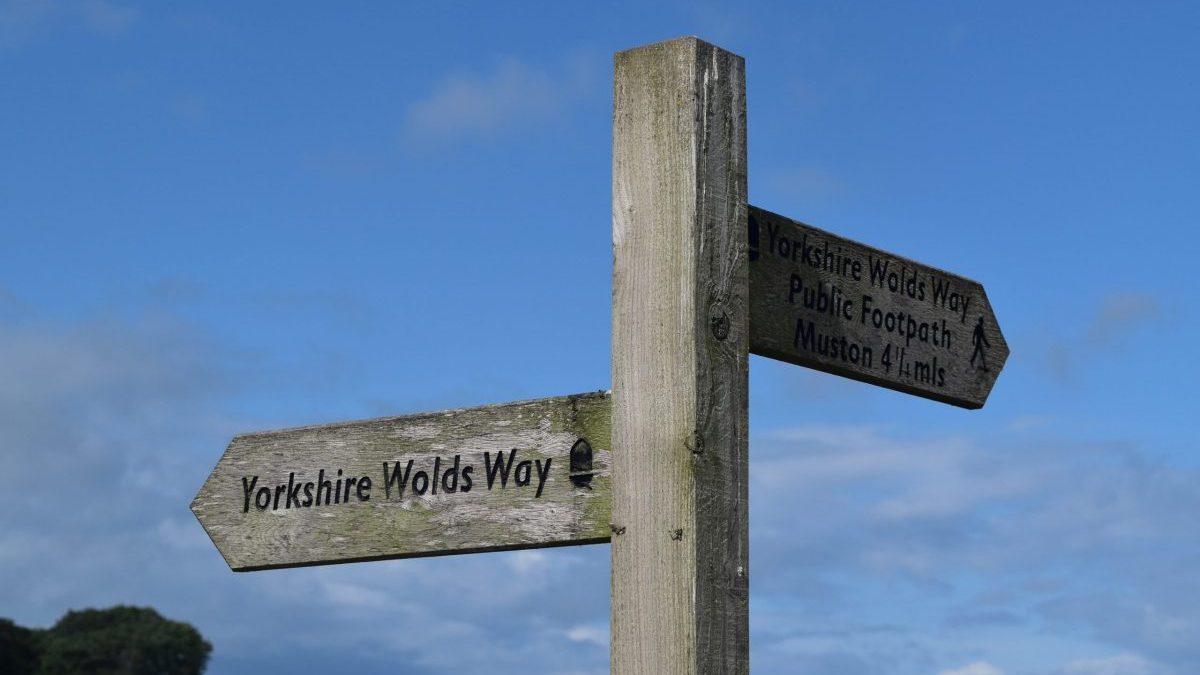THE GREAT WALKS OF BRITAIN
Welcome to Waypoint 51 – an honest and practical guide to Britain’s best long-distance trails
TWENTY TOP TIPS FOR WALKING IN BRITAIN
Planning a walking holiday in Britain? Looking to tackle one of the UK’s National Trails or other great walks?
Here are 20 top tips for walking in Britain – collected during our two decades of writing guide books to the country’s best long-distance paths.
THE TRAILS
Britain’s favourite long-distance walks – and what we really think of them…
THE BOOKS

“All the guides from this stable
are first class”

Trailblazer Guides are produced by people who know exactly what information is needed – not just to get from A to B but to be entertaining as well as informative.

‘Trailblazer really have got it right with their route maps. They rival Wainwright’s mapping for accuracy and detail and if anything are actually easier on the eye to read.’

“Trailblazer has a strong reputation for the idiosyncratic but very useful maps that illustrate these handy guides, which are small and light enough to slip into a backpack or coat pocket.”

“Packed with information and excellent hand-drawn maps,
these are essential companions.”

“Wonderful
handbooks”
























